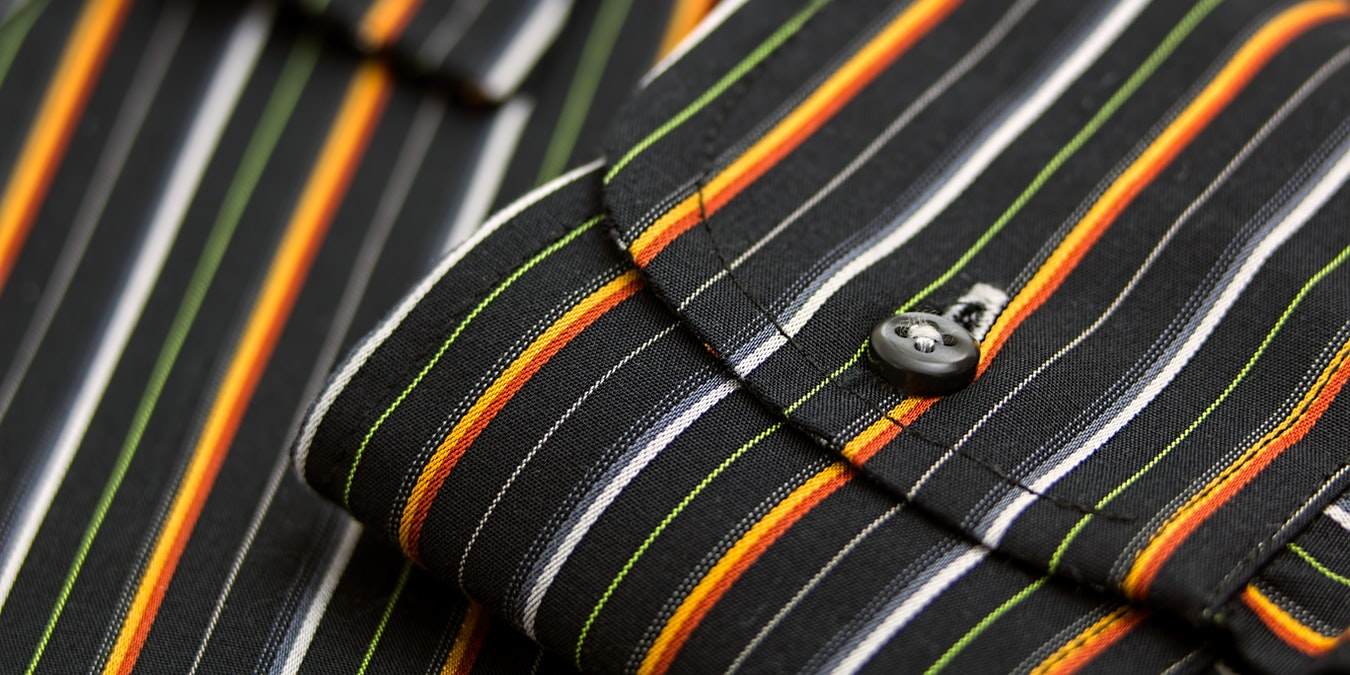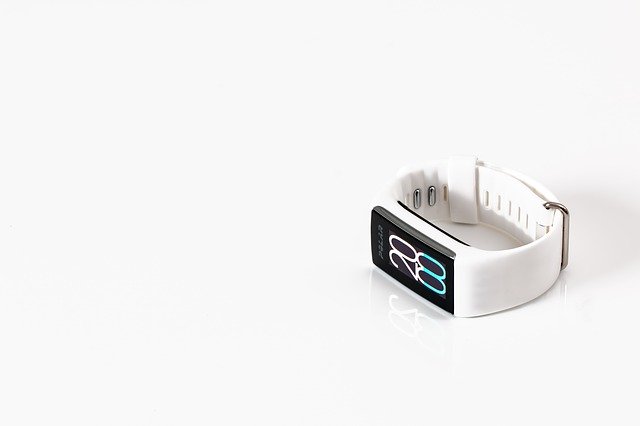
In these difficult times, IoT in healthcare can be very useful. Smart health trackers can monitor a patient’s health, then beam the results to doctors who can keep tabs on the patient’s vital signs. This goes double if the patient is quarantined at home. A wristband or ring, for instance, can monitor someone’s vital signs without being too intrusive. But what if we go even further with a sensor and hide it in clothes?
This is the goal of researchers from the Massachusetts Institute of Technology (MIT). They’re designing clothes that can detect vital signs and send the results back to a doctor. This will make recording someone’s heath easier than before.
How the Smart Clothes Detect Vital Signs
Unlike other brands of smart clothes we’ve covered before, these aren’t for casual use. These shirts are designed to specifically be of help to those who are susceptible to health problems and need a “guardian angel” to look after them.
At the moment, the MIT’s Electronic Textile Conformable Suit (E-TeCs) can measure the patient’s skin temperature with an error margin of 0.1C. It can record a temperature down to the hundredths of a centigrade for highly-detailed records. It can also measure the heartbeat and reputation speed of the wearer down to 0.0012 m/s squared.
Canan Dagdeviren from MIT said this is just the start of creating conformable garments. Note that he didn’t say “comfortable” – although we hope they’re also nice to wear – but the goal behind these clothes is that they conform to the person wearing it.
Canan goes on to discuss how the shirt’s modules can be customized. For example, if someone has heart issues, you may not need to measure their breathing or skin temperature. As such, you can only keep the heartbeat monitor to cut down on costs.
The team behind E-TeCs express their wishes to continue developing these clothes. They hope that, in the future, they can design shirts that can measure blood oxygen levels. They also hope to expand their range to pants for even more accurate measurements.
The Next Step in Healthcare IoT
Wearable health-related IoT is no stranger to the scene – we’ve seen plenty in the past that perform a similar job to this shirt. The difference between those accessories and this development, however, is how “unnoticeable” it is.

Ideally, a device that can detect vital signs should do so without hassling the wearer. Of course, it’s an exaggeration to claim that wearing a ring or a wristband is a hassle, but they’re still items that the patient has to remember to put on before they start the day.
Smart clothing, however, takes this even further. No longer will patients forget to put on their monitors; after all, the only way they can is if they forget to get dressed in the morning!
While rings and wristbands may draw unwanted attention and make people feel self-conscious, a smart shirt is much more conspicuous. Someone can go about their daily lives without anyone knowing their vitals are being monitored; if the shirt is comfortable enough, even the wearer may forget they’re being tracked!
Wearable healthcare IoT is essential, as it reports symptoms the moment they happen. If someone without healthcare IoT feels a heart attack starting while they’re out gardening, they have to make it back to the home to call someone. With a wearable, someone can identify a problem and call for support before even the sufferer knows what’s happening.
Staying Aware of Wearables
IoT health wearables are useful as they are, but there is always room for improvement. Fortunately, MIT researchers are achieving just that with their creation of clothes that can detect vital signs.
If you want to see other ways IoT can help healthcare, be sure to read all about smart pills.








